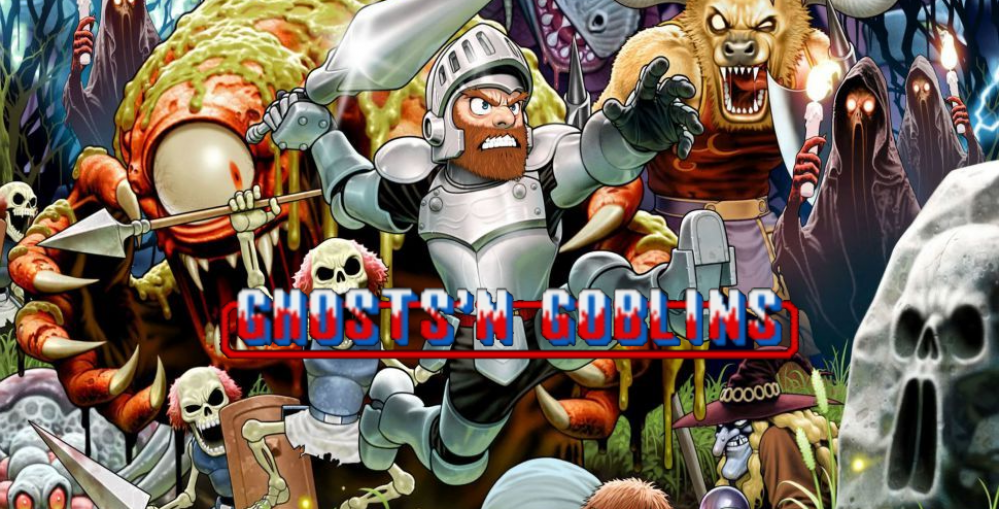
Ghosts and Goblins
Core game mechanics
Just as you don’t just launch into a scrolling shooter and mash the fire button (it only works for a limited time on games like 1942) you don’t kill zombies in Ghosts and Goblins by firing at them from all over the place – you have to put your character in the right place first, then hit the fire button.
To simulate this need for player placement before making a “ranged attack”, we can give our trusty hero Sir Arthur a variety of different weapons, from the original video game, with different abilities.
For example, we might have:
- Lance – fire up to twice per turn, can only shoot in a straight line horizontally or vertically
- Dagger – fire up to three times per turn, can shoot in any direction
- Torch – fire once per turn, can throw up to four squares away, place a flamer template to determine damage (affects multiple baddies)
- Axe – fire once per turn, straight line only, continues travel after hitting an enemy, stops after hitting terrain (if terrain is destructible and less than 5 squares away, destroys the terrain piece)
- Shield – player gains one additional health, requires shield to take on the end of level baddie (more on this later)
When the game starts, as with the video game, our hero has only a lance as a weapon. As you collect treasure tokens, you might pick up different weapon types. Different weapons may have different firing rates, indicated by the number of times you can shoot in one turn (in the video game different weapons repeat quickly, some slowly).
It may be tempting to have different weapons have different effects against different baddies but this is not only a deviation from the video game mechanics, it could also put the player at a disadvantage (if the need a particular weapon type to kill, say, zombies, but don’t draw that weapon until near the end of the level, they would be unable to progress as readily). Every weapon should be able to have a similar affect on every baddie.
The exception to this could be the end-of-level baddie; in the video game, you need to be carrying a specific weapon – the shield – in order to actually complete the game. To encourage players to explore the map and try to collect treasure, instead of running as quickly as possible away from trouble (a strategy that actually works quite well in a lot of side-scrolling shoot-em-up games) we might make it that a specific weapon or item is required to defeat the end-of-level baddie?































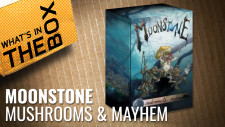
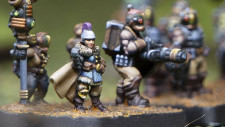
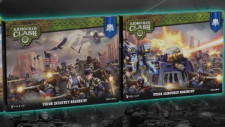
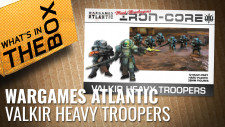

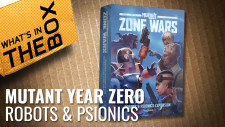





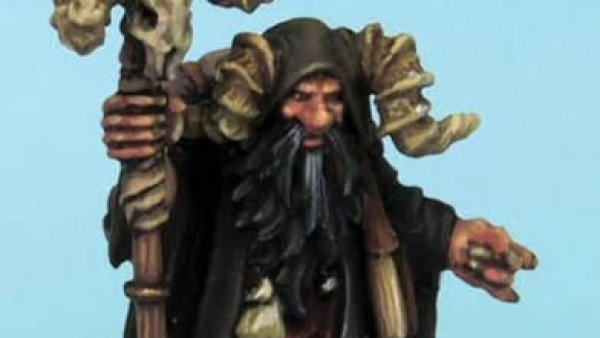
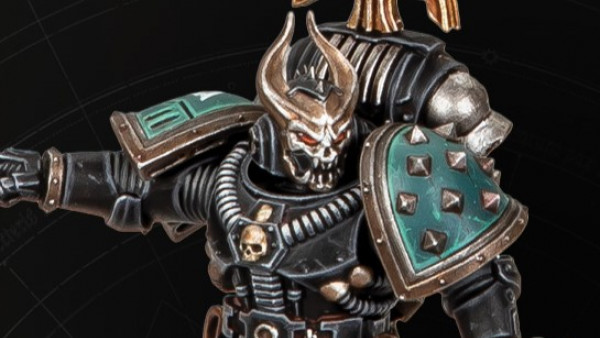
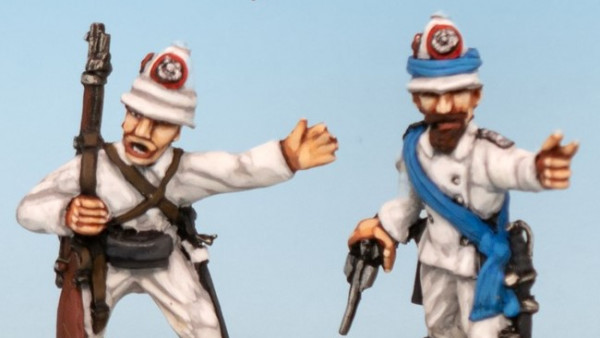
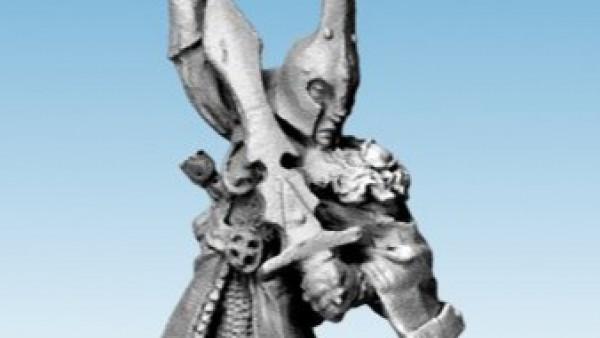
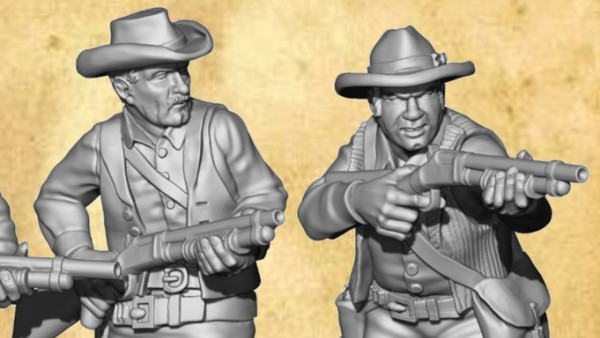

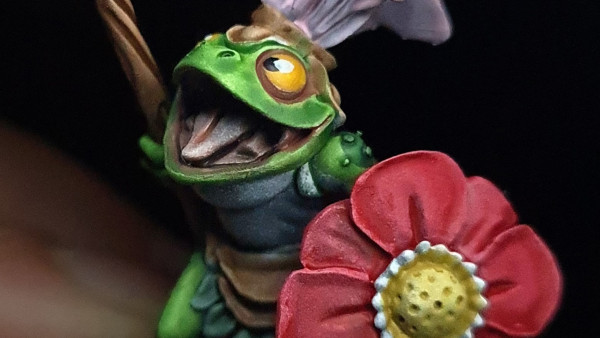
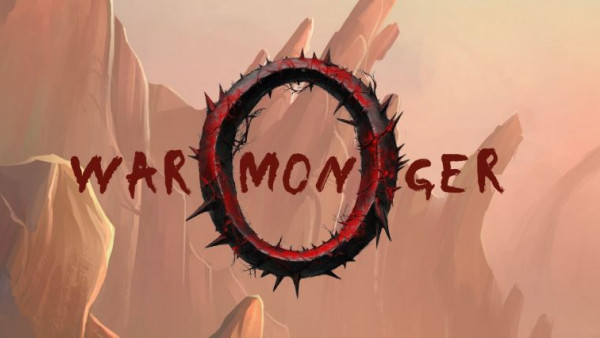
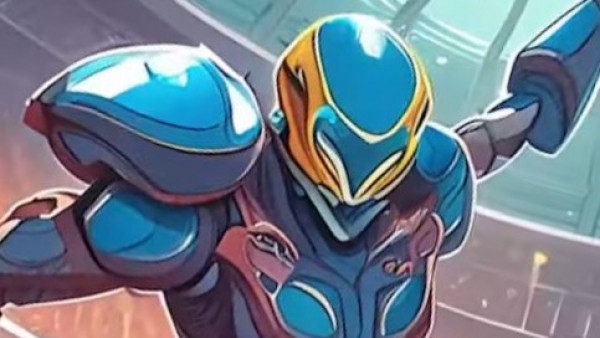

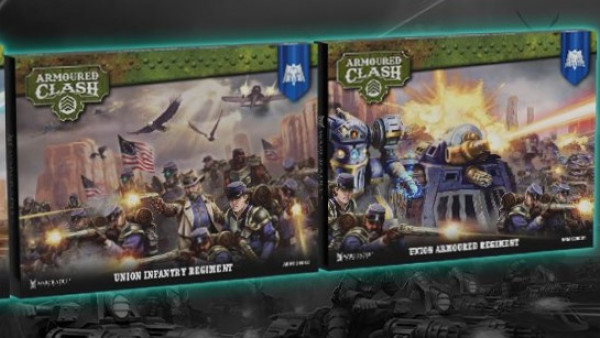
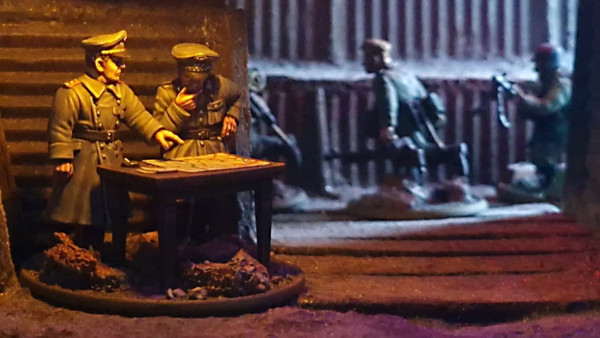
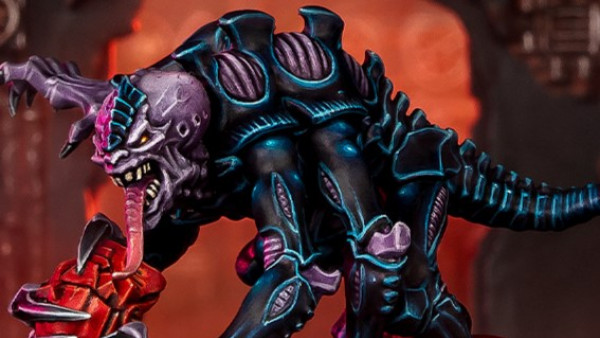
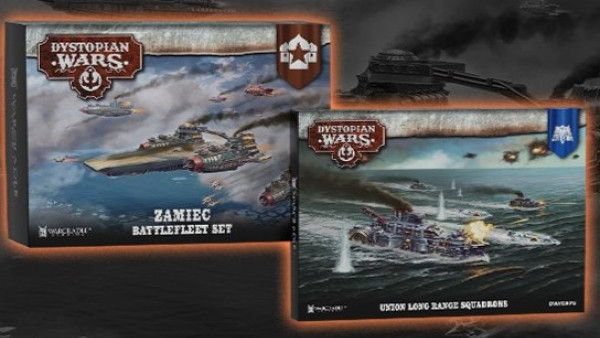
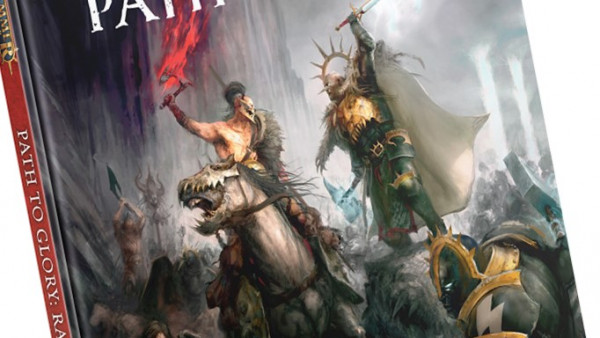
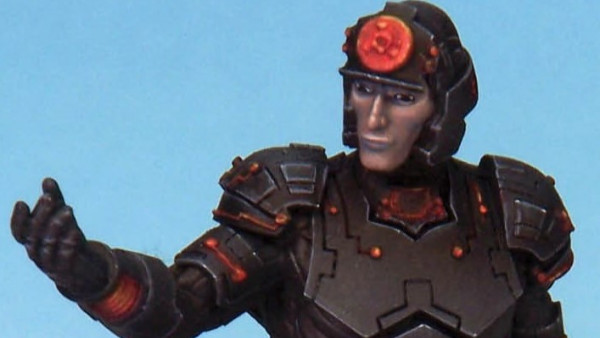
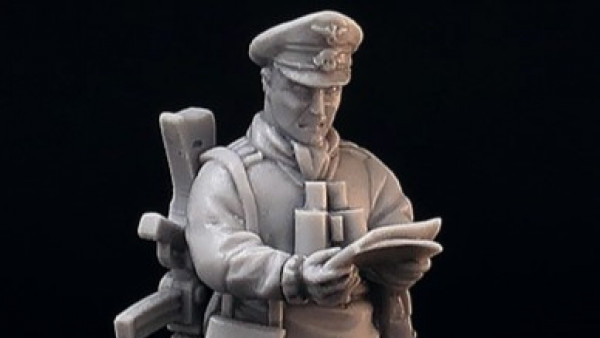
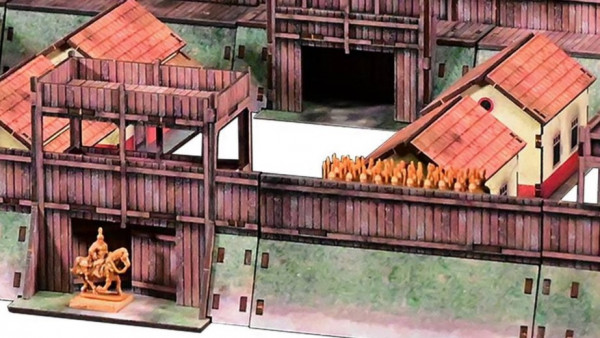
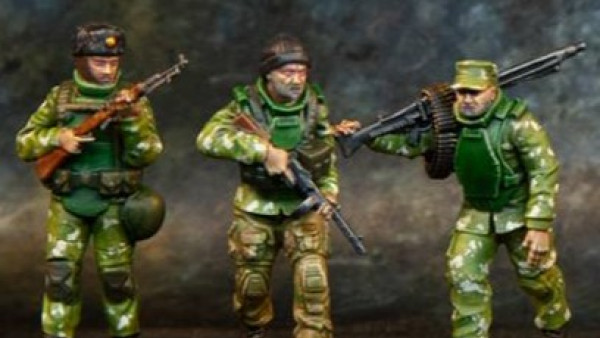
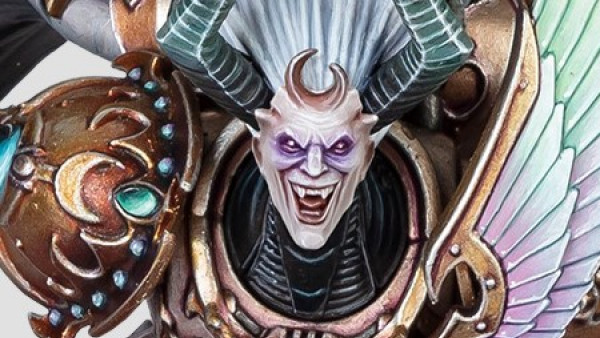
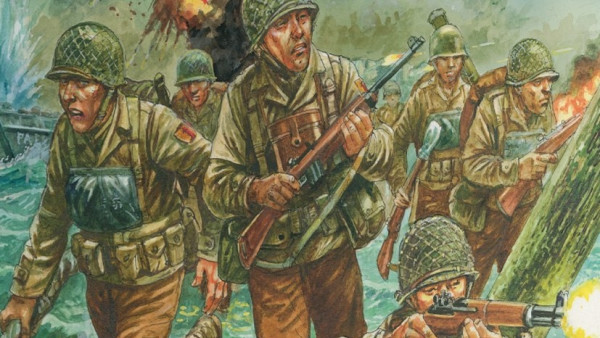


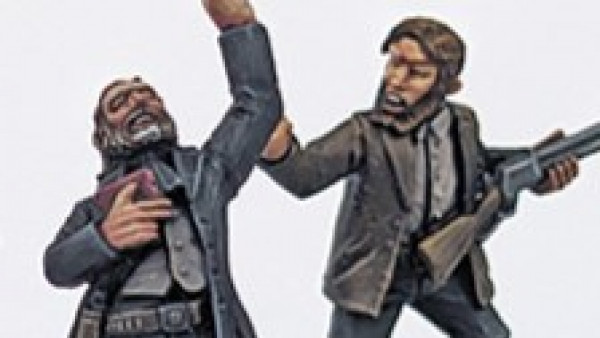
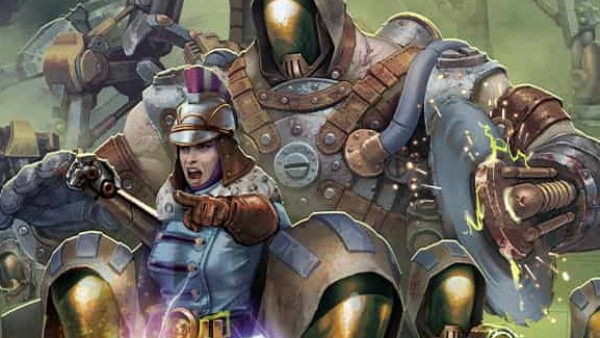


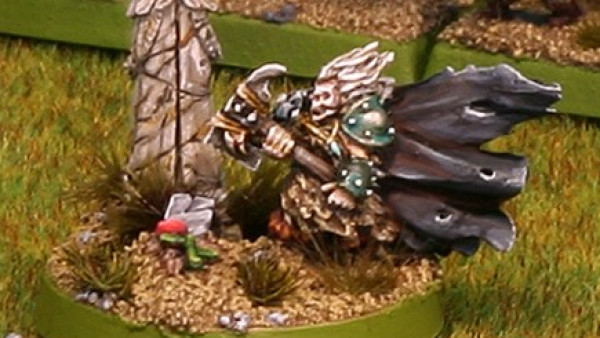
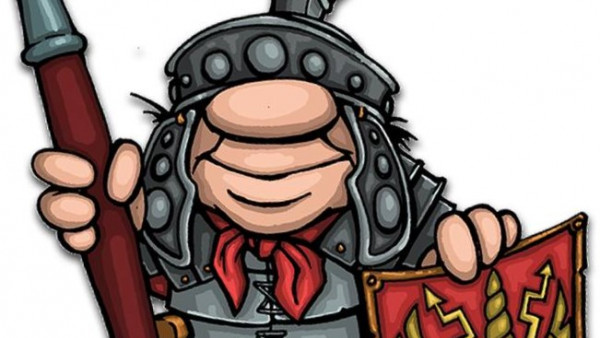
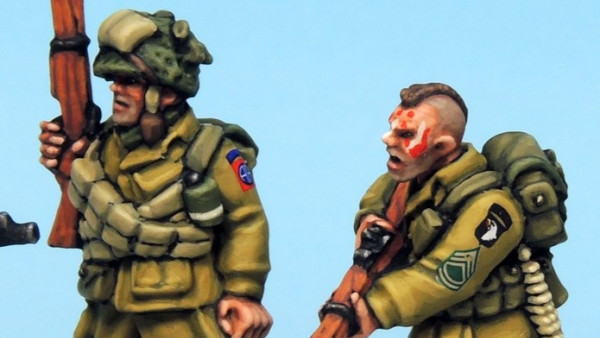
Leave a Reply